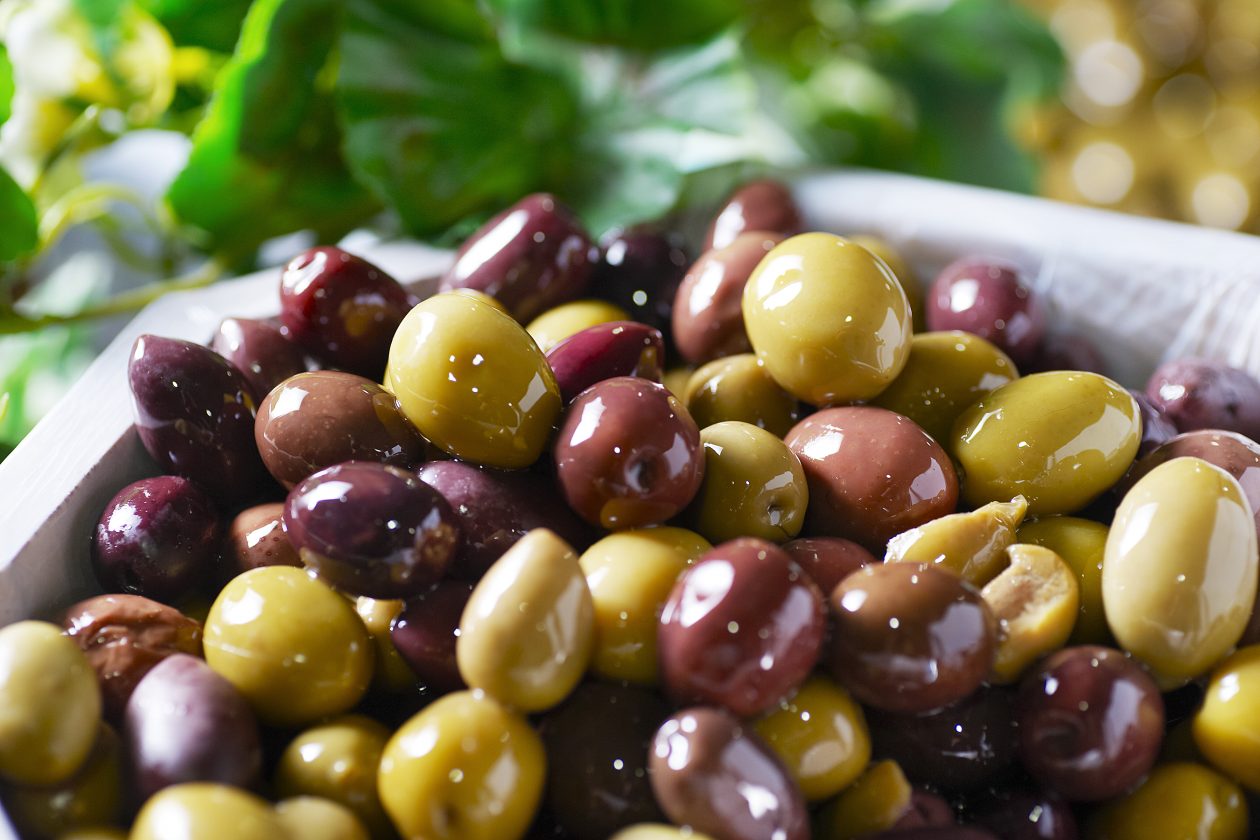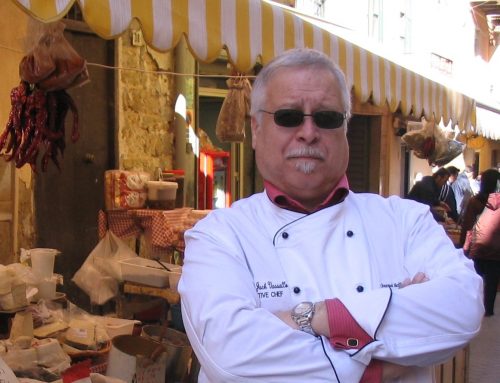The difference of a single day is perceptible. Vegetables can only be tasted in perfection, gathered the same day.
John Pintard (1759-1844)
The summer markets are always a pleasure to visit. All those stalls filled to capacity with seasonal veggies picked and bundled, ready for you to take home. Come fall for those people that have the time and patience to involve themselves in home preserving I take my hat off to them. Whether it be chutneys, pickled veggies like carrots, cauliflower, cabbage, or even fruits for jams and jellies, whatever produce is available to you during the season, ready to have it’s goodness locked in for the long months ahead. Preserving is a time honored tradition that mankind has be involved in and evolving for a long time.
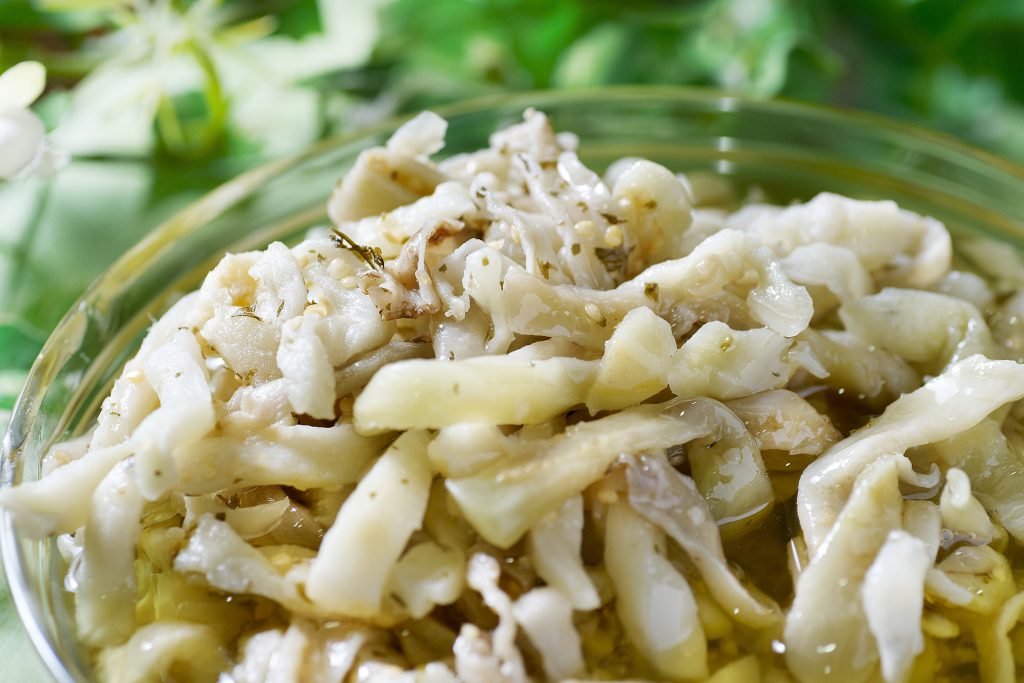
Preserved Italian eggplant in sunflower oil with Italian herb mix
It is unfortunate that today’s busy lifestyle doesn’t easily allow for the time to take advantage of the bounty you find at the market. It’s so much simpler to purchase product from your local grocer as you need it in the quantity that you want. The issue I have with this is trace-ability, simply put where do my products come from and how were they handled. This is a big two part question, one I can’t answer in a paragraph or two. Suffice it to say not all eggplants are created equally and not all labels are honest. Sometimes by accident, sometimes on purpose (injected humor and the like).
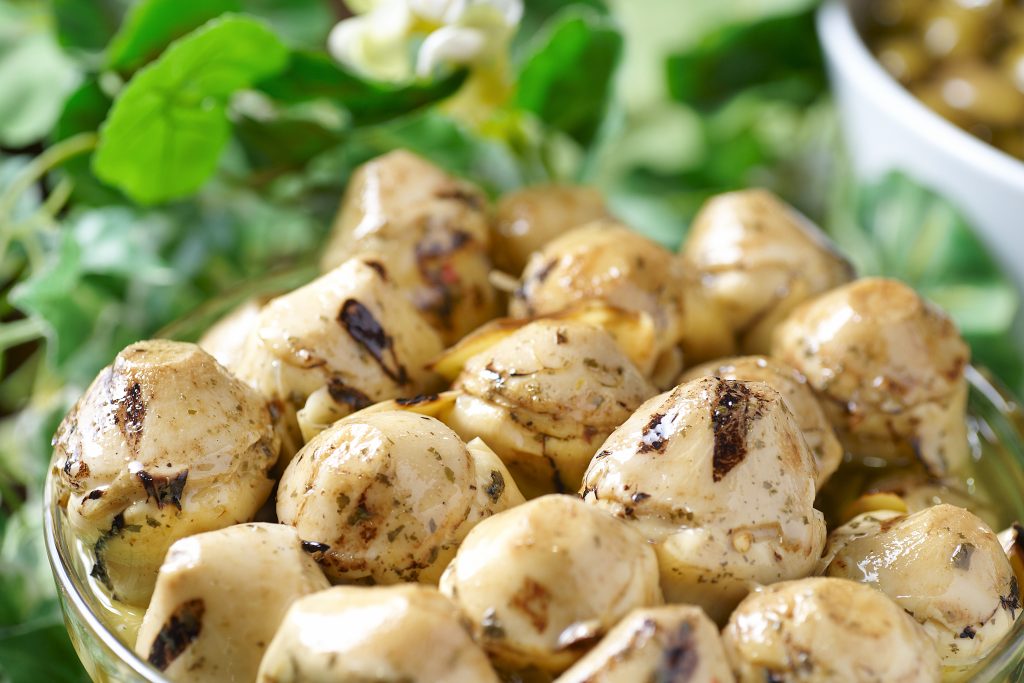
Preserved Grilled Artichoke hearts in sunflower oil
Sometimes our geographic location prevents us from taking advantage of all that nature has to offer. To anyone who has ever traveled anywhere in the world and has seen the incredible variety of fruits and vegetables mankind has come to cultivate can’t help but be overwhelmed by the shear volume of choices. So to have all of this available at various times of the year, in one form or another preserved, understands the joy that comes from preserving all that goodness. Dried, canned, jarred, vacuum packed, salted, since man started becoming less nomadic and more agrarian, preserving his bounty is a fundamental necessity in an ever increasing need to feed oneself well.
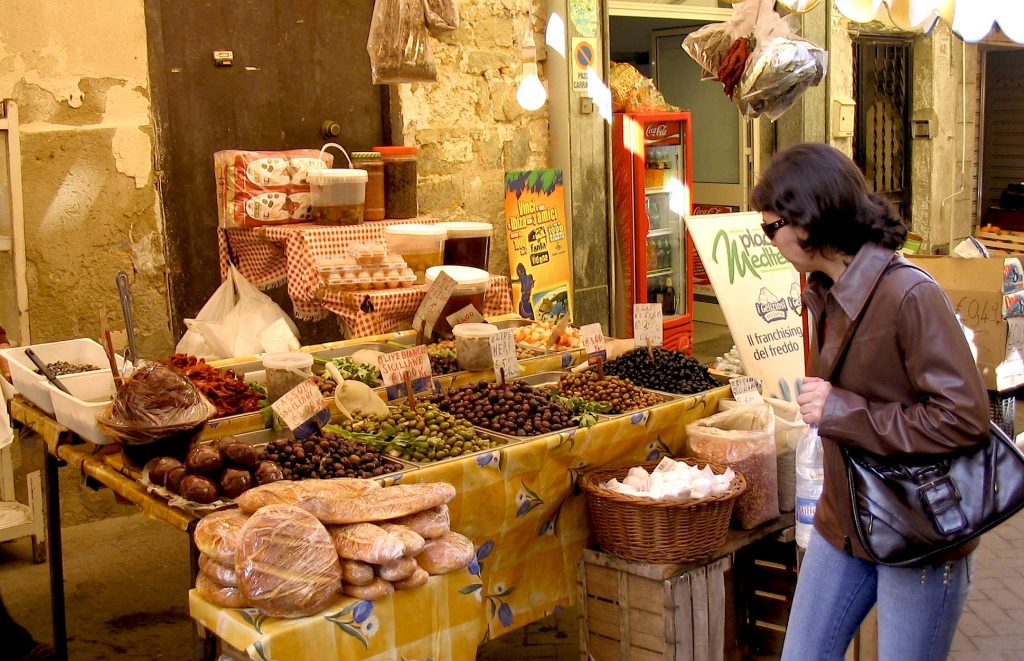
Sicilian market in Caltanissetta
This brings me back to my question of traceability and processing. I promise to elaborate further on the subject of labeling on Italian products with DOP, IGP, and IGT certifications in the near future. Suffice it to say that Italy and other EU countries take their products and especially food products very seriously. One way to do this is to preserve the integrity of the Made in Italy label as much as possible through special label indications such as these.
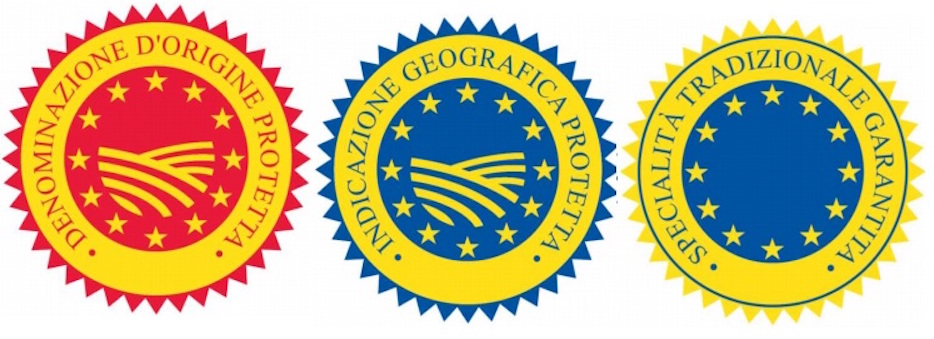
Unfortunately because of retailers who believe that consumers only care about price, and I am the first to agree that price is a big factor for many people we get the label game. What is the label game you ask? When is a product of a country not a product of a country and how can you tell? The answer is you can’t. You don’t walk around with test strips to check the provenance of the produce you buy (if such a thing even existed).
The difference of a single day is perceptible. Vegetables can only be tasted in perfection, gathered the same day.
John Pintard (1759-1844)
It comes down to a game of semantics and that makes me very sad. Because buying food to feed yourself and your family shouldn’t require a course in label deciphering 101. It should be simple and straight forward, What am I buying, Where was it made, What’s in it, Where were the primary ingredients grown. These are some of the most important questions consumers want to know and sometimes some of the hardest to figure out.
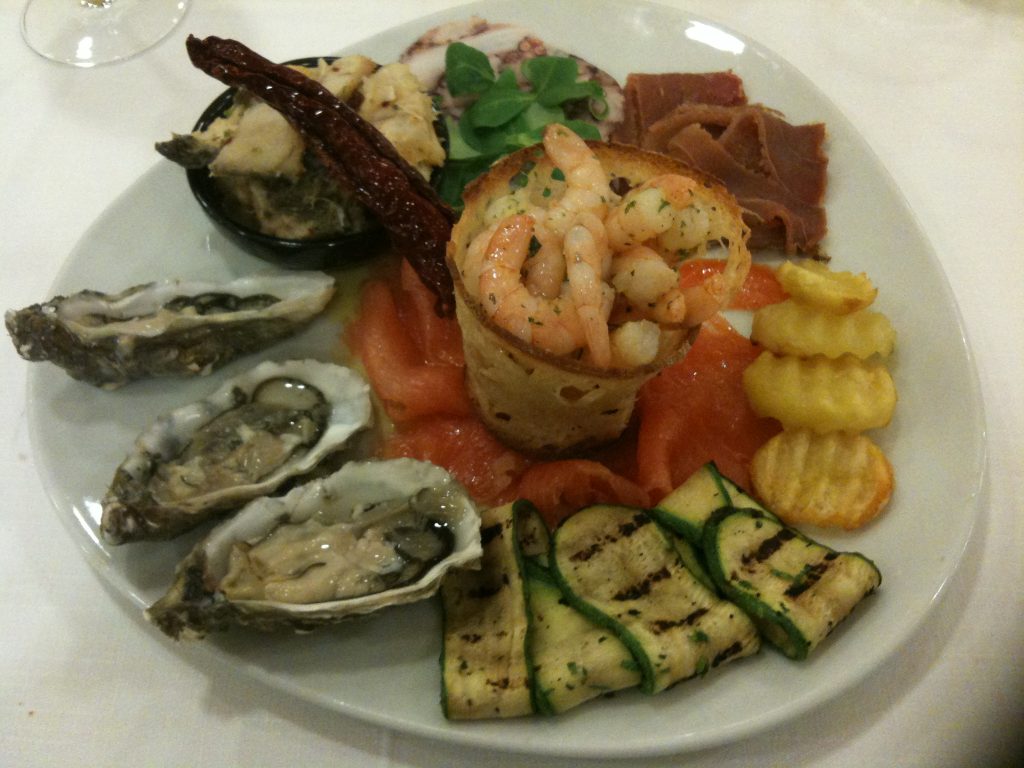
Fresh summer seafood antipasto.
Buying preserves is a great way to get variety and lets not forget one of the best ways to take advantage of mother nature’s bounty. The problem then becomes quality and tractability. Do these tomatoes really come from this particular region known for their sweetness or are they from some other lesser known region where the quality is suspect but the price is much, much lower. This is where the label game comes into play, that is to say you think you’re buying top quality, at a good price but the reality is you are buying for lack a better word, a knock-off, a fake, a phony,. In the end, you the consumer are the only one who can judge whether the product’s authenticity in question makes a difference or not.
I know that when I’m served a dish like the one above where the individual ingredients are barely transformed from their raw state, lightly grilled zucchini, fresh anchovy, fresh oysters, sun dried tomatoes etc. the terroir or area where it was produced makes all the difference in the world. My take on all of this is simple if I’m going to spend my hard earned money on grilled artichoke with the stem on then I want those artichokes to be from the Apulia region of Italy or Lazio but not from some other dubious source that were brought in to Italy, then jarred, and shipped out to my local retailer, I know this because why? There are two very good reasons that I use to guide me. One the price, the old adage applies perfectly to food; If the price is to good to be true then it probably is. Compare the prices of similar items and if there is one that is way too low chances are that one is the phony. The second one is a bit more tricky and requires a bit detective work. When you read the label does it say Packaged in Italy, Made in Italy, Product of EU, may contain items from other EU nations etc., are there any DOP, IGP, IGT, symbols on the package?
I can go on and on, but I won’t because it would take way too long for you to read and wayyyy to long for me to write. Suffice it to say there are great preserved foods out there and wonderful preserved vegetables from Italy that take advantage of their excellent terroir.

